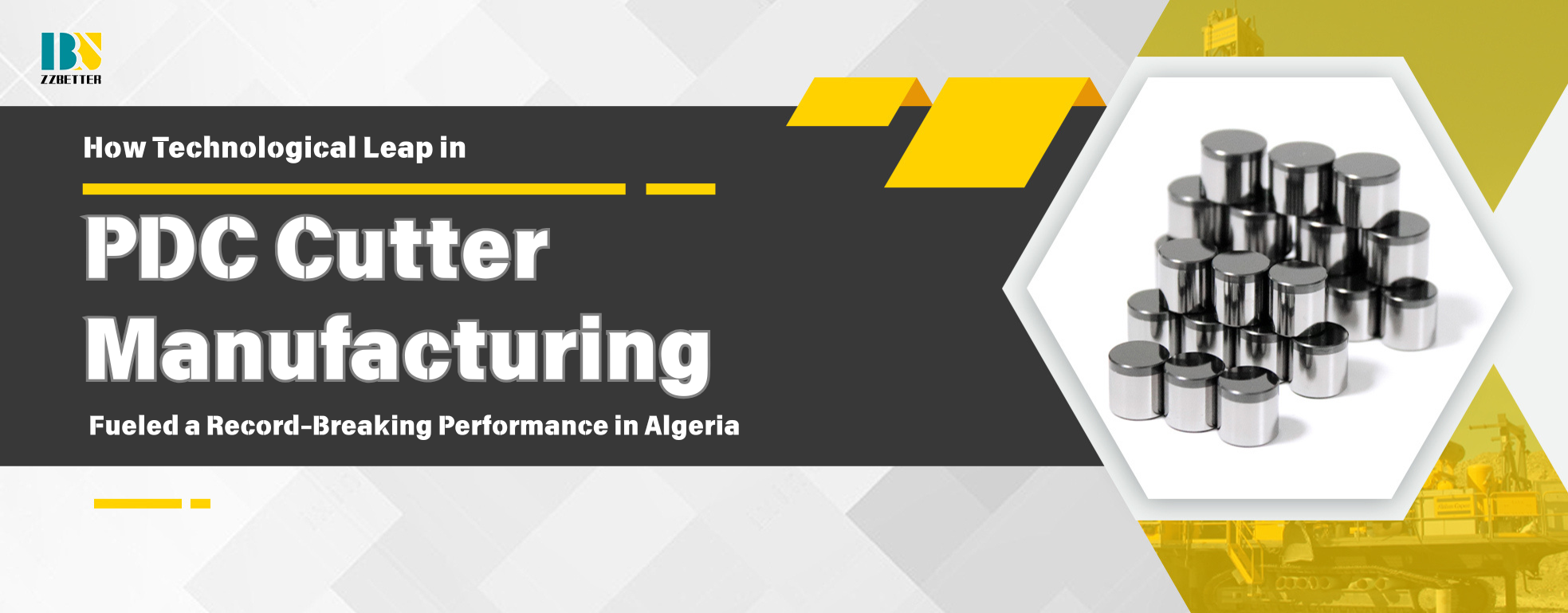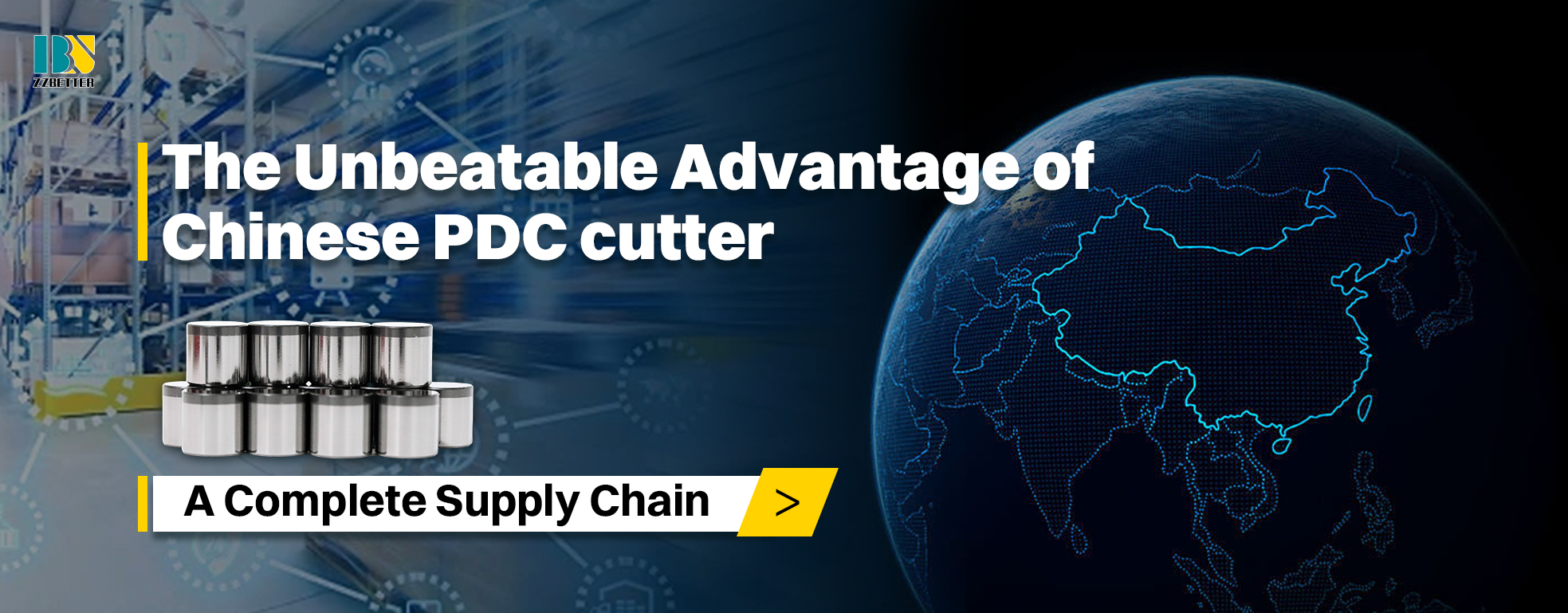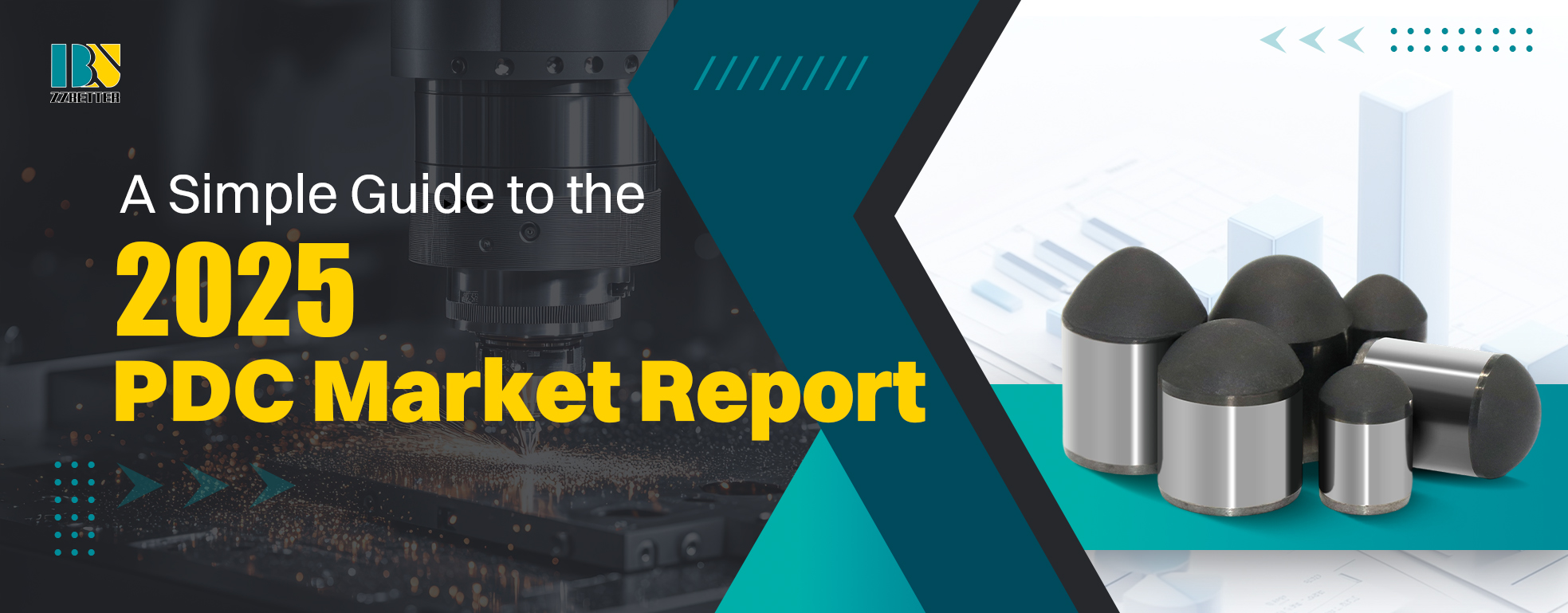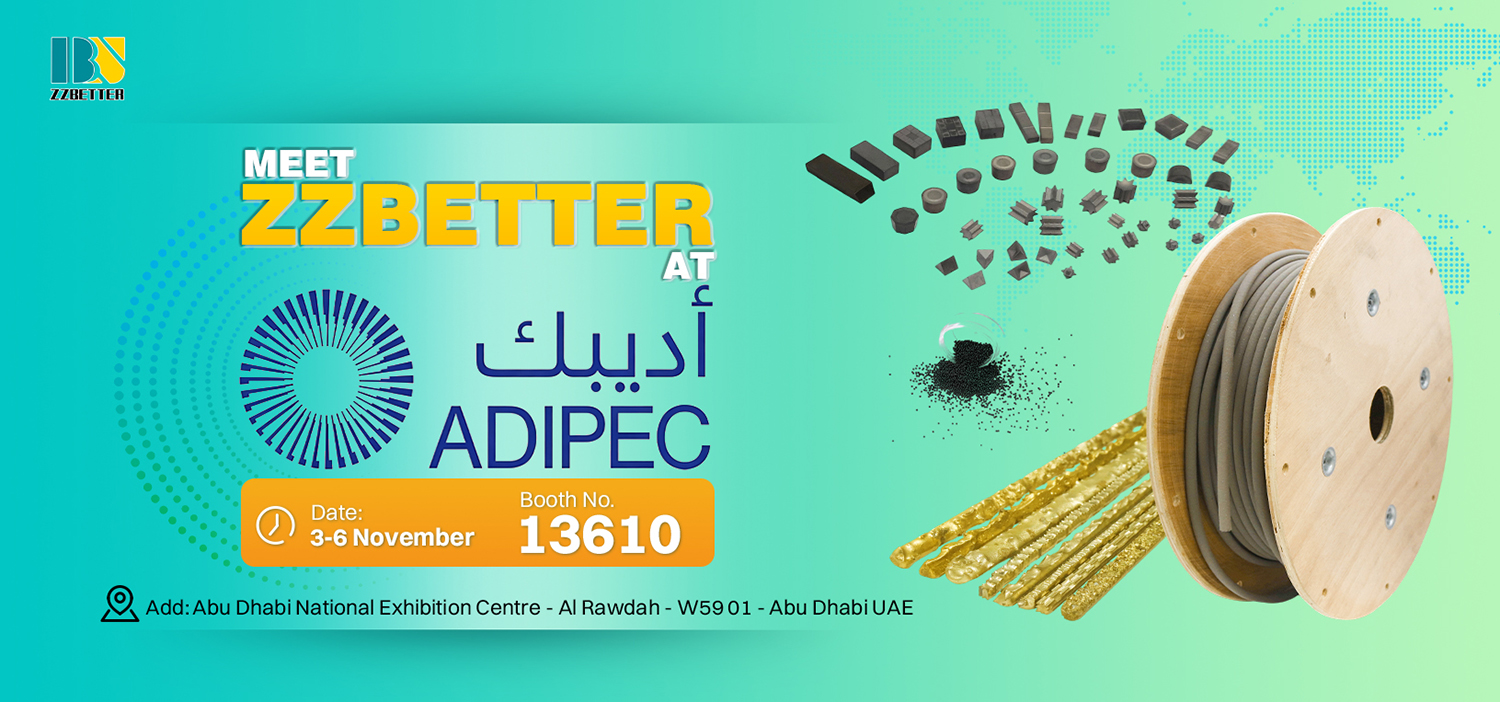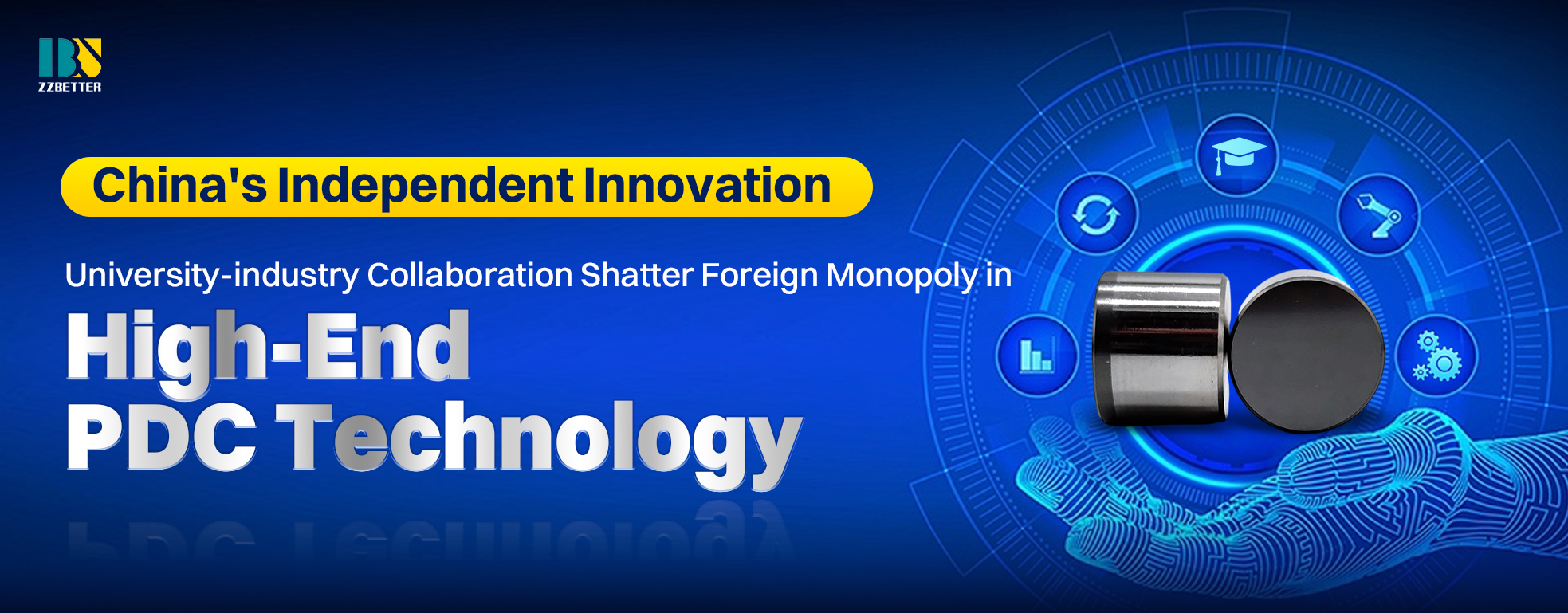The recent achievement of a new PDC drill bit setting a regional record in Algeria with a staggering 50.9% increase in Rate of Penetration (ROP) is not an isolated incident. It is a direct testament to the revolutionary advancements in PDC cutter manufacturing technology that have culminated in a tool perfectly engineered to overcome the specific challenges of the region's geology. This case study provides a compelling narrative on how cutting-edge materials science translates into tangible field performance and offers key lessons for the entire industry.
The success in Algeria can be primarily attributed to the evolution of the PDC cutter itself. Traditional bits often struggled in the hard, abrasive, and interbedded formations common in the region, leading to rapid wear, catastrophic cutter failure, and suboptimal drilling efficiency. The bit that achieved this record was undoubtedly equipped with the latest generation of PDC cutters, which benefit from several key technological progressions:
Advanced Interface Engineering: As highlighted in the original title, the optimization of the cutter interface structure using sophisticated algorithms is crucial. This ensures a stronger bond between the polycrystalline diamond table and the tungsten carbide substrate, significantly enhancing impact resistance. This means the cutters can withstand the violent shocks and vibrations encountered in hard rock without delaminating, maintaining their integrity for longer.
Tailored Diamond Table Properties: Modern manufacturing allows for precise control over the grain size and density of the diamond table. For abrasive formations, a more wear-resistant formulation can be created. Furthermore, innovations like layered or non-planar interfaces distribute thermal and mechanical stresses more effectively, preventing premature failure.
Geometric Innovation and Conformal Design: The development of multifaceted, conformal, and asymmetric cutter geometries has drastically improved cutting efficiency and bottom-hole cleaning. These designs reduce balling, lower the required weight-on-bit, and efficiently evacuate drilled cuttings, all of which contribute to a smoother, faster, and more energy-efficient drilling process.
When this new generation of cutters is precisely arranged on a bit body designed for the specific lithology of an Algerian field, the result is a perfect synergy. The bit simply lasts longer and drills faster, spending more time productively cutting rock rather than being tripped out for replacement.
This remarkable achievement offers several critical takeaways for operators and service companies worldwide:
The Imperative of Customization: The "one-size-fits-all" approach is obsolete. Maximum performance is achieved through bespoke bit design tailored to a specific basin, field, or even a single well section. Collaboration between drillers and bit designers is more valuable than ever.
Data-Driven Design is Paramount: The use of multi-objective genetic algorithms and finite element analysis marks a shift from iterative prototyping to predictive, simulation-led design. This accelerates innovation and produces more reliable and high-performing tools from the outset.
Investment in Fundamental R&D Pays Dividends: Breakthroughs in cutter technology are the fruit of sustained investment in materials science and manufacturing processes. Companies that prioritize core R&D are setting the new benchmarks for performance, ultimately reducing the cost per foot for operators.
Holistic System Approach: A superior cutter must be integrated into a superior bit design, which in turn must be operated with an optimized drilling parameter strategy. This case underscores the importance of viewing the bit, the bottom-hole assembly, and the drilling parameters as a single, integrated system.
In conclusion, the Algerian record is a powerful validation of the strides made in PDC technology. It proves that targeted innovation, driven by a deep understanding of downhole challenges and enabled by advanced manufacturing, can yield extraordinary gains in efficiency and economics, paving the way for more sustainable and profitable hydrocarbon extraction.
#pdccutter #pdcbits #pdcinterface #downhole #pdcdrillbit #zzbetter #oildrilling

